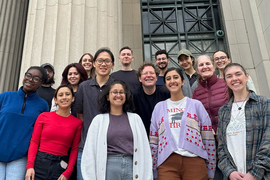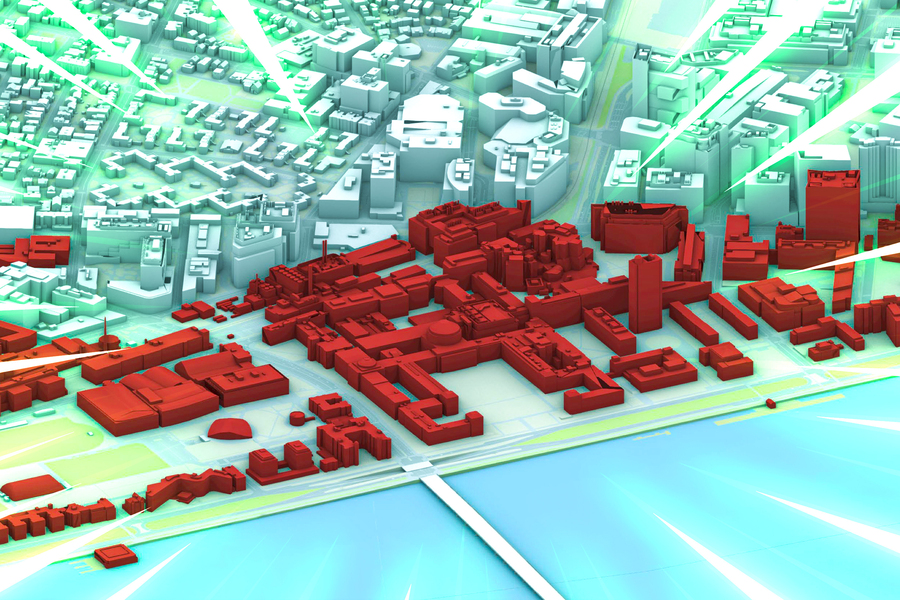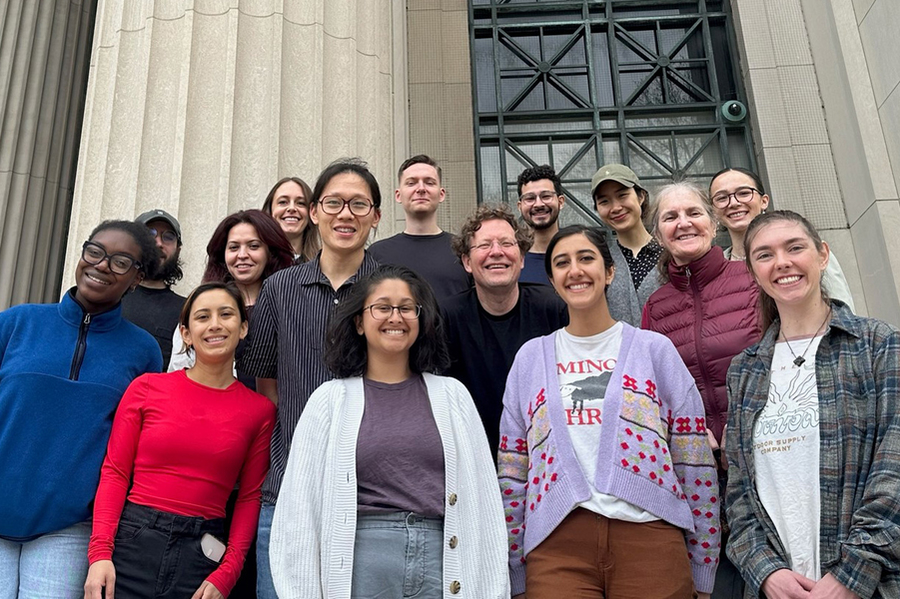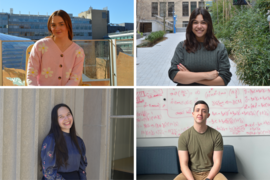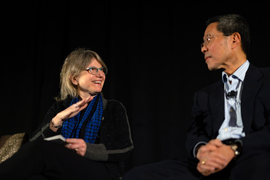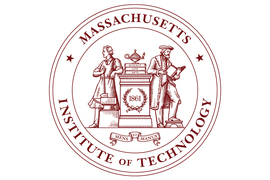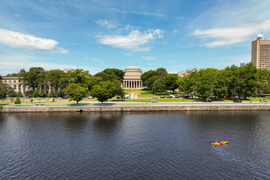A number of emerging technologies hold promise for helping organizations move away from fossil fuels and achieve deep decarbonization. The challenge is deciding which technologies to adopt, and when.
MIT, which has a goal of eliminating direct campus emissions by 2050, must make such decisions sooner than most to achieve its mission. That was the challenge at the heart of the recently concluded class 4.s42 (Building Technology — Carbon Reduction Pathways for the MIT Campus).
The class brought together undergraduate and graduate students from across the Institute to learn about different technologies and decide on the best path forward. It concluded with a final report as well as student presentations to members of MIT’s Climate Nucleus on May 9.
“The mission of the class is to put together a cohesive document outlining how MIT can reach its goal of decarbonization by 2050,” says Morgan Johnson Quamina, an undergraduate in the Department of Civil and Environmental Engineering. “We’re evaluating how MIT can reach these goals on time, what sorts of technologies can help, and how quickly and aggressively we’ll have to move. The final report details a ton of scenarios for partial and full implementation of different technologies, outlines timelines for everything, and features recommendations.”
The class was taught by professor of architecture Christoph Reinhart but included presentations by other faculty about low- and zero-carbon technology areas in their fields, including advanced nuclear reactors, deep geothermal energy, carbon capture, and more.
The students’ work served as an extension of MIT’s Campus Decarbonization Working Group, which Reinhart co-chairs with Director of Sustainability Julie Newman. The group is charged with developing a technology roadmap for the campus to reach its goal of decarbonizing its energy systems.
Reinhart says the class was a way to leverage the energy and creativity of students to accelerate his group’s work.
“It’s very much focused on establishing a vision for what could happen at MIT,” Reinhart says. “We are trying to bring these technologies together so that we see how this [decarbonization process] would actually look on our campus.”
A class with impact
Throughout the semester, every Thursday from 9 a.m. to 12 p.m., around 20 students gathered to explore different decarbonization technology pathways. They also discussed energy policies, methods for evaluating risk, and future electric grid supply changes in New England.
“I love that this work can have a real-world impact,” says Emile Germonpre, a master’s student in the Department of Nuclear Science and Engineering. “You can tell people aren’t thinking about grades or workload — I think people would’ve loved it even if the workload was doubled. Everyone is just intrinsically motivated to help solve this problem.”
The classes typically began with an introduction to one of 10 different technologies. The introductions covered technical maturity, ease of implementation, costs, and how to model the technology’s impact on campus emissions. Students were then split into teams to evaluate each technology’s feasibility.
“I’ve learned a lot about decarbonization and climate change,” says Johnson Quamina. “As an undergrad, I haven’t had many focused classes like this. But it was really beneficial to learn about some of these technologies I hadn’t even heard of before. It’s awesome to be contributing to the community like this.”
As part of the class, students also developed a model that visualizes each intervention’s effect on emissions, allowing users to select interventions or combinations of interventions to see how they shape emissions trajectories.
“We have a physics-based model that takes into account every building,” says Reinhart. “You can look at variants where we retrofit buildings, where we add rooftop photovoltaics, nuclear, carbon capture, and adopting different types of district underground heating systems. The point is you can start to see how fast we could do something like this and what the real game-changers are.”
The class also designed and conducted a preliminary survey, to be expanded in the fall, that captures the MIT community's attitudes towards the different technologies. Preliminary results were shared with the Climate Nucleus during students’ May 9 presentations.
“I think it’s this unique and wonderful intersection of the forward-looking and innovative nature of academia with real world impact and specificity that you’d typically only find in industry,” Germonpre says. “It lets you work on a tangible project, the MIT campus, while exploring technologies that companies today find too risky to be the first mover on.”
From MIT’s campus to the world
The students recommended MIT form a building energy team to audit and retrofit all campus buildings. They also suggested MIT order a comprehensive geological feasibility survey to support planning regarding shallow and deep borehole fields for harvesting underground heat. A third recommendation was to communicate with the MIT community as well as with regulators and policymakers in the area about the deployment of nuclear batteries and deep geothermal boreholes on campus.
The students’ modeling tool can also help members of the working group explore various decarbonization pathways. For instance, installing rooftop photovoltaics now would effectively reduce emissions, but installing them in a few decades, when the regional electricity grid is expected to be reducing its reliance on fossil fuels anyways, would have a much smaller impact.
“When you have students working together, the recommendations are a little less filtered, which I think is a good thing,” Reinhart says. “I think there’s a real sense of urgency in the class. For certain choices, we have to basically act now.”
Reinhart plans to do more activities related to the Working Group and the class’ recommendations in the fall, and he says he’s currently engaged with the Massachusetts Governor's Office to explore doing something similar for the state.
Students say they plan to keep working on the survey this summer and continue studying their technology areas. In the longer term, they believe the experience will help them in their careers.
“Decarbonization is really important, and understanding how we can implement new technologies on campuses or in buildings provides me with a more well-rounded vision for what I could design in my career,” says Johnson Quamina, who wants to work as a structural or environmental engineer but says the class has also inspired her to consider careers in energy.
The students’ findings also have implications beyond MIT campus. In accordance with MIT’s 2015 climate plan that committed to using the campus community as a “test bed for change,” the students’ recommendations also hold value for organizations around the world.
“The mission is definitely broader than just MIT,” Germonpre says. “We don’t just want to solve MIT’s problem. We’ve dismissed technologies that were too specific to MIT. The goal is for MIT to lead by example and help certain technologies mature so that we can accelerate their impact.”

